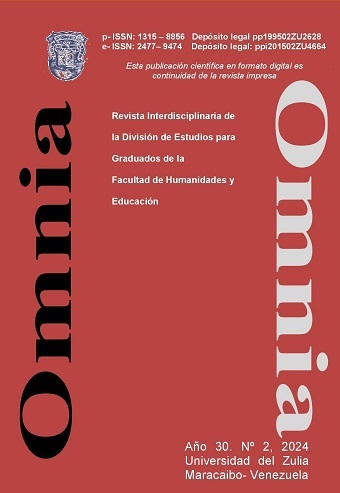Proposal for a Technical didactic scale for the p-value and type I error
Abstract
Statistical tests were born to formally verify the suspicions of intuitive and logical reasoning. However, due to their affinity with mathematics, they appear highly complex to the vast majority of people, including the academic world. Many professionals, especially health professionals, express their dogmatic mastery of these special techniques for scientific research. Particularly the statistical p-value, as one of the ways to carry out the ritual of hypothesis testing, is of great concern when it assumes values close to the level of significance. Fisher himself, the father of inferential analysis, already warned this at the beginning of the 20th century, between 1920 and 1930, about false negative decisions when this p-value was close to the alpha value. In this sense, the responsibility of bringing a proposal for a solution to this scientific concern is assumed, with the general objective of proposing a techno-didactic scale for the p-value and its application in scientific research. In details, it seeks to: i) Categorize the probabilistic domain of the p-value; ii) Define the area of uncertainty in the area of rejection, iii) Specify the strength of the rejection of the null hypothesis in the test, iv) Categorize the probability of committing the Type I error and v) Virtually present the elements of the inferential analysis. As a result, there are Excelia applications, which are a technological resource in the Microsoft Excel 2010 environment, taken from the Article entitled Excelia: techno-didactic digital resource of added values to Excel, self-authored (Carrasquero, E. 2023).
Downloads
References
Carrasquero, Edwin (2023). Excelia: recurso digital tecno-didáctico de valores. Agregados a Excel. Revista encuentro Educacional. FHE de LUZ. Mcbo. Venezuela
Díaz, Ladislao y Ríos, Fernando (2018). El valor p. Interpretación, oríge-nes y su utilización. Revista Argentina de Terapia Intensiva. Vol. 35 Núm. 3.
Molina Arias, Manuel (2017). ¿Qué significa realmente el valor de p? Rev.
Pediatría Atención Primaria [online]. vol.19, n.76, pp.377-381. ISSN
1139-7632.





